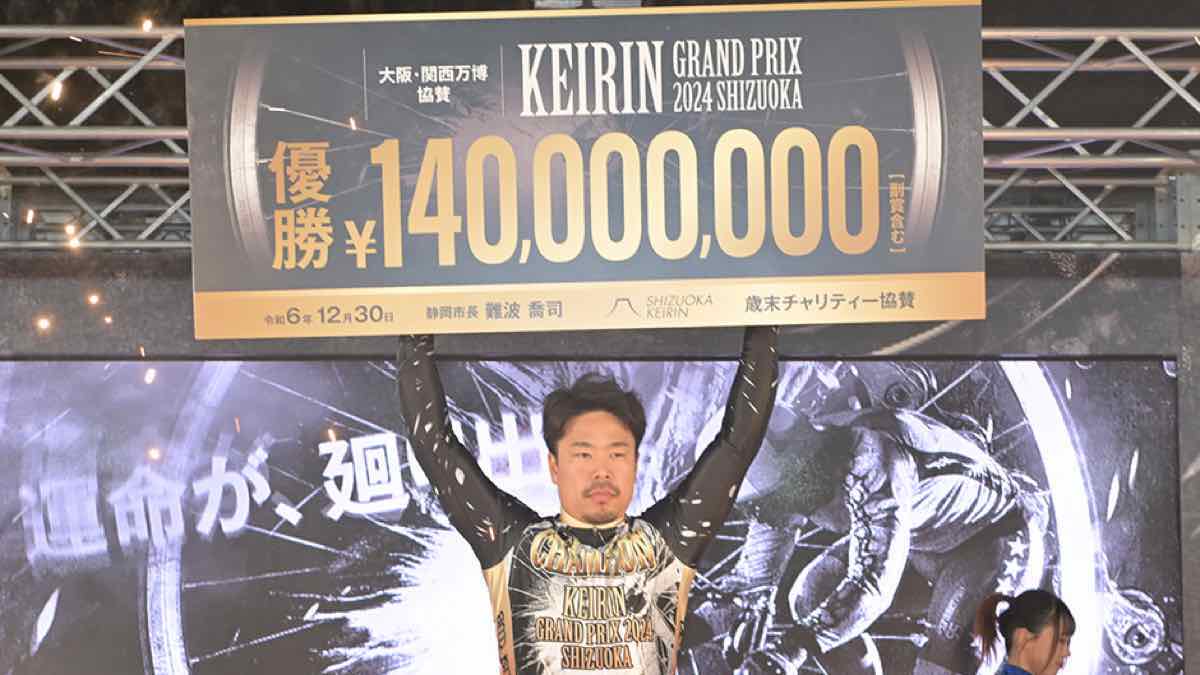Yusaku Kosho‘s victory in the 2024 Keirin Grand Prix took his total earnings for the calendar year to over 383 million yen (US$ 2.4 million). It was the highest year-end total in history, and was the second time in three years that a rider had earned more than 300 million yen.
It focuses attention once again on the huge earnings potential for keirin professionals in Japan, and the contrast with the meagre prize money on offer at UCI events.
Data posted on Japanese Wikipedia allows us to chart the evolution of prize money since the birth of keirin at the end of 1948.
The first year in which a rider earned more than 10 million yen was 1963. The 1970s was a decade of strong and steady growth, establishing keirin as a big-money sport: the legend Koichi Nakano was the first rider to earn more than 100 million yen, in 1980.
Masamitsu Takizawa first topped the rankings with less than 100 million, in 1985: but he went on to top the rankings in the following three years, setting a new record of 131 million yen in 1987.
From the 1990s, riders’ peak earnings typically hovered around 185 million yen, with occasional hops above 200.
It took until 2018 for a rider to earn more than 250 million yen in a year. Ryuki Mitani won two special events, May’s Japan Championship and June’s Takamatsunomiya Memorial Cup, followed by a win in that year’s Grand Prix. He continues to compete, but 2018 was the only year he topped the rankings, and he has taken no more special-class wins since.
Yuta Wakimoto broke Mitani’s record in 2022, becoming the first rider to earn more than 300 million yen in a year. He won May’s Japan Championship and August’s All-Star Keirin, then went on to win the Grand Prix
Kosho’s success in 2024 saw him smash Wakimoto’s record by more than 25%. It was the second year he had topped the annual rankings: but in 2021, that only required 210 million yen.
The gap in earnings potential between Japan’s stars and the leading figures from UCI competition is only widening.
